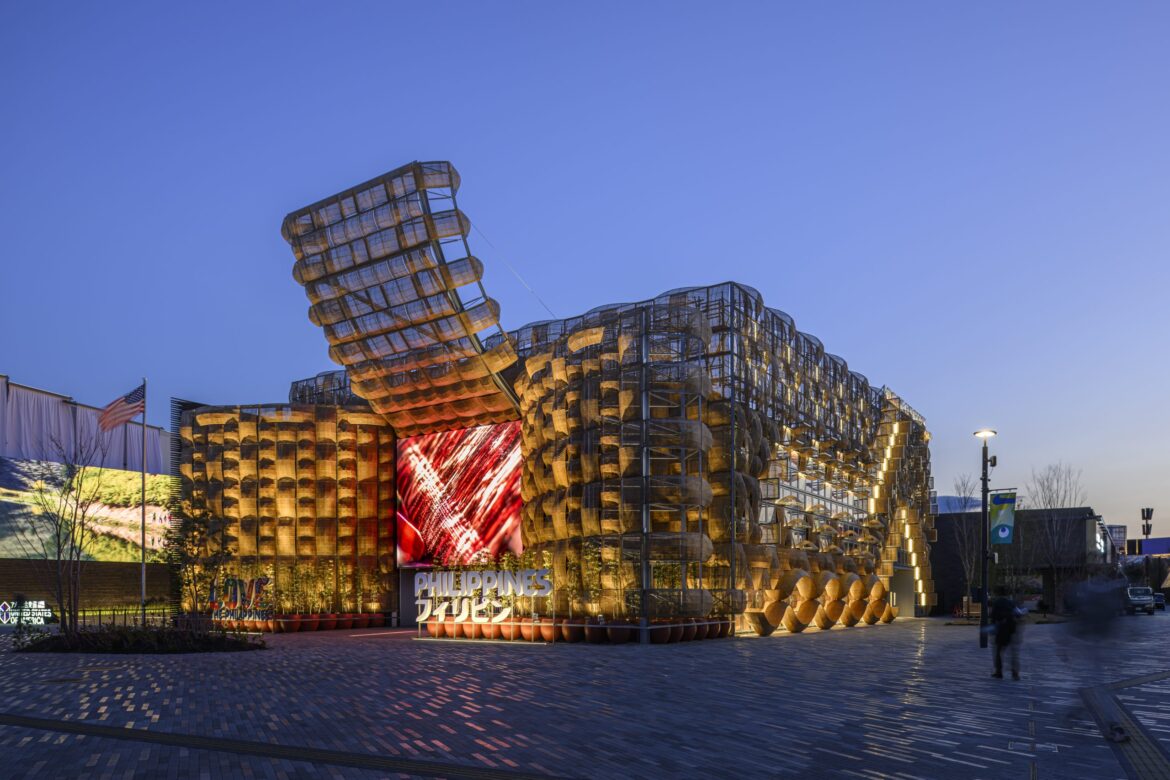The Philippines earned international recognition after its pavilion won the Silver Award for Exhibition Design at the World Expo 2025 in Osaka, Japan.
Conferred by the Bureau International des Expositions (BIE), the body that supervises and regulates World Expos, the award recognizes pavilions under 1,500 square meters that show outstanding design and storytelling, distinguishing the Philippines among 158 participating countries and regions at the six-month global event.
The Philippine Pavilion, themed “Nature, Culture & Community: Woven Together for a Better Future,” was designed as a showcase of Filipino talent and sustainability, welcoming over 1.1 million visitors since opening in April.
It was implemented by the Department of Tourism (DOT), with the Tourism Promotions Board (TPB) as Secretary General.
Bringing Filipino craftsmanship to life
The pavilion featured a live performance facade with hundreds of woven panels created by artisans from all 18 regions of the country, alongside interactive installations such as AI-powered art displays, a Habi Shop, a Hilot wellness corner, and a Hain take-out counter, combining tradition and technology.
In a Facebook post, the Department of Tourism (DOT) quoted Tourism Secretary Christina Frasco as saying that the recognition affirms the authenticity and pride of the Filipino spirit and serves as a tribute to the devotion of Filipinos to their craft and culture.
“This Silver Award is a triumph not only of design but of devotion. It honors the dedication of our people to their craft, their culture, and their country. From the hands of our weavers and artisans to the vision of our architects and curators, the Philippine Pavilion reflects the character of our nation—the hard work, persistence, and faith of a people who continue to fight for their culture and proudly share it with the world,” Secretary Frasco said.
According to the DOT, the pavilion also served as a venue for tourism promotion, cultural exchange, and business meetings, helping strengthen ties between the Philippines and Japan.
After the Expo, key elements of the pavilion will return home for display at the National Museum of the Philippines, where they will continue to represent Filipino artistry and national pride.


AloJapan.com